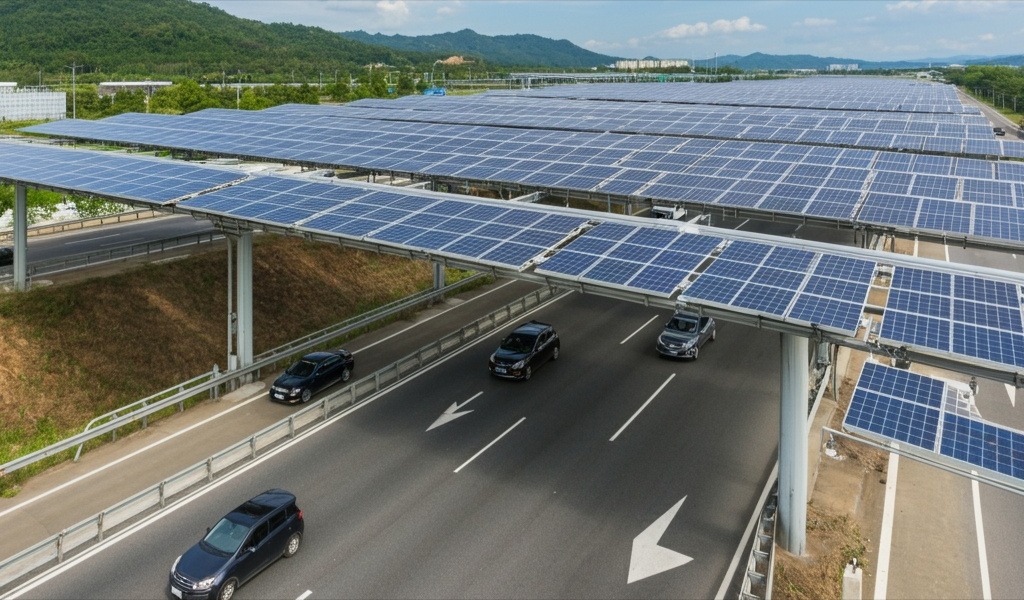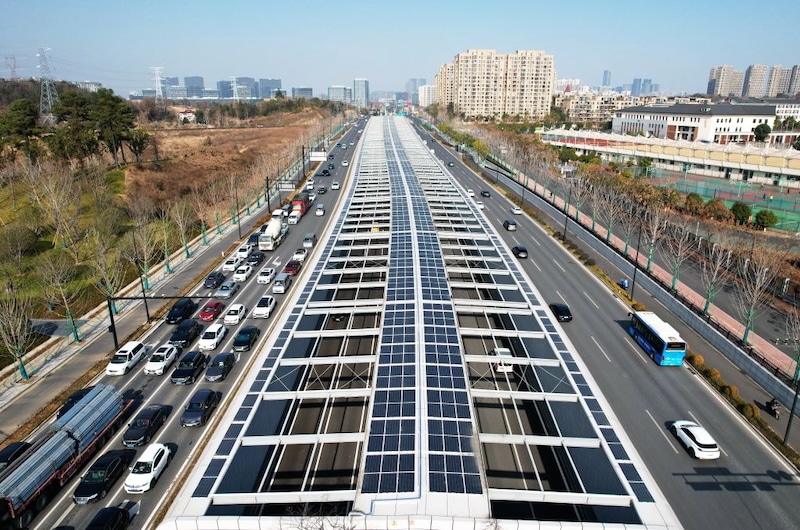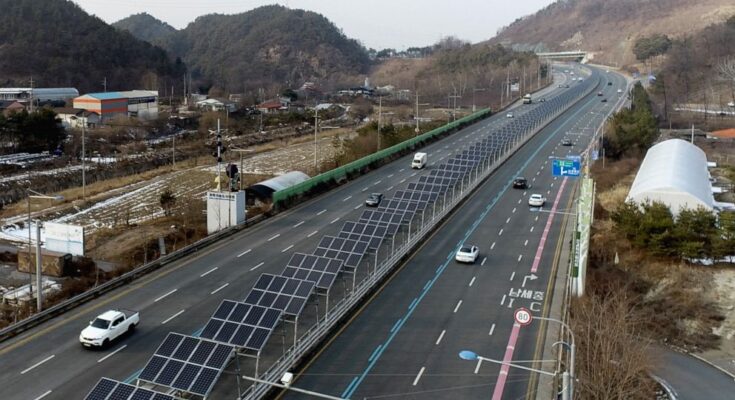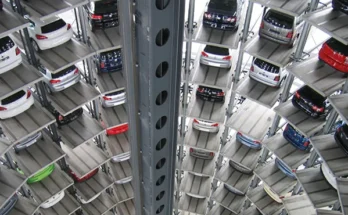South Korea has demonstrated remarkable innovation by integrating renewable energy and urban planning through its solar panel-covered bicycle paths. Along certain highways, the country has installed solar panels above dedicated bike lanes, creating a multifunctional infrastructure that provides multiple benefits to cyclists, commuters, and the environment.

One of the most immediate advantages of this system is the protection it offers cyclists. The solar panels function as a canopy, shielding riders from direct sunlight, rain, and other weather elements. This makes cycling a more enjoyable and comfortable experience, particularly during South Korea’s hot summers or sudden downpours. The shaded pathway also encourages more people to choose bicycles as a mode of transport, promoting healthier and more sustainable commuting options.
Safety is another significant benefit of this design. By constructing the bike lanes separately from the main vehicular traffic lanes, cyclists are isolated from cars and trucks, reducing the likelihood of accidents. This separation is particularly important on highways, where vehicles typically travel at high speeds. Cyclists can traverse long distances without fear of traffic hazards, making biking a viable and attractive alternative to motorized transport.

Beyond the immediate benefits to cyclists, the solar panels contribute significantly to South Korea’s renewable energy production. These panels generate clean electricity, reducing dependence on fossil fuels and helping the country meet its climate goals. By utilizing space above highways—areas that would otherwise go unused—South Korea maximizes land efficiency while addressing its energy needs. This approach underscores the importance of integrating renewable energy solutions into everyday infrastructure.
Moreover, this dual-purpose system is a testament to how sustainable design can solve multiple urban challenges at once. It not only promotes environmentally friendly commuting but also reduces greenhouse gas emissions through clean energy production. This innovation serves as a model for other countries seeking to combine renewable energy initiatives with urban planning and transportation infrastructure.

In conclusion, South Korea’s solar panel-covered bicycle paths exemplify smart and sustainable development. By protecting cyclists, improving safety, and producing clean energy, the system addresses environmental, social, and economic challenges simultaneously. This forward-thinking solution inspires other nations to explore similar approaches, fostering a global shift toward greener and more efficient urban environments.



